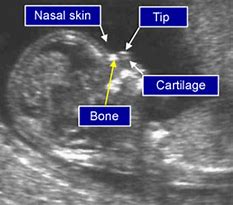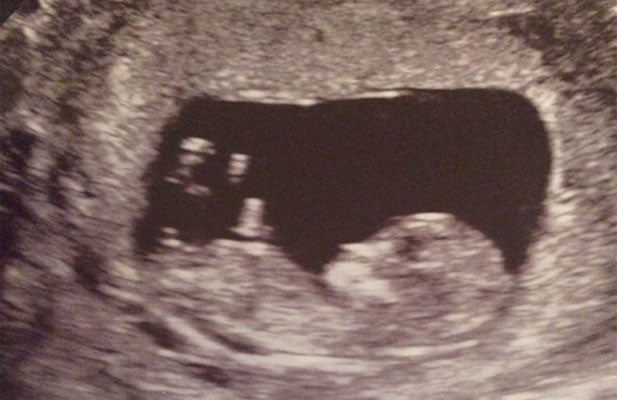During the first trimester, the area at the back of a baby’s neck is transparent. At 14 weeks, the area stops being transparent, making the test unreliable. Therefore, if your prenatal blood work, that will be done around 9 weeks, shows any signs of a possible chromosomal abnormality, it is important to discuss with your doctor whether a nuchal translucency test is worth having.
Some doctors automatically have this area of the body screened during the initial ultrasound, regardless. Ask him if this scan is part of your ultrasound if you are unsure.
Doctor’s start with standard blood tests that screen for down syndrome (trisomy 21), trisomy 18, and trisomy 13. They also screen for congenital heart defects. It is not uncommon for woman carrying health babies to have false-positives with these tests; however, it is important to conduct further non-invasion tests to rule out a disorder.
If your blood tests show elevated levels of cell-free DNA, or DNA markers from the baby, an ultrasound is typically ordered to look at the space at the back of your baby’s neck. This space is an important place to look as a trained technician can measure the amount of fluid that is accumulated.
In babies with a chromosomal abnormality, such as downs syndrome, there is typically a higher level of fluid in this area, making the translucent space larger.
If you have a nuchal translucency test, and there is a higher level of fluid at the back of the baby’s neck, he could have Downs Syndrome.




